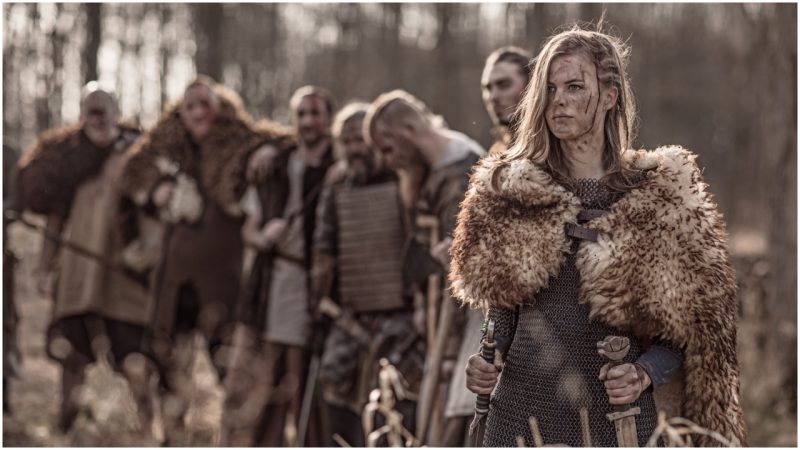Sometimes truth is stranger than fiction – that often is what history is made of. Most people sadly remember history class as a boring stop on the way towards lunch or recess.
For many years, history teachers had the dubious reputation of droning on and on about memorizing dates and events of dubious authenticity, such as Washington’s crossing of the Delaware or throwing a coin across the Potomac River. Ever see the Potomac? He didn’t throw anything across it.
Here are some things that actually happened:
The lawyer who lost his life proving his case
Clement Vallandigham was an influential lawyer and influential Democratic politician during the Civil War Era in the United States. He was a congressman from Ohio when John Brown raided Harper’s Ferry hoping to start a war to free the slaves – Vallandigham was among the group who interrogated Brown after his capture.
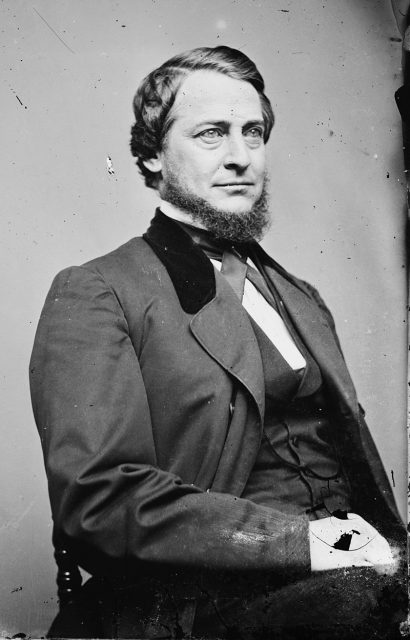
He was also a believer in “states rights,” and supported the South’s right to secede before the war began.
During the war, he was one of the leaders of the “Copperheads,” who supported compromise with the South and ending the war – not slavery.
He was arrested during the war on charges of treason, and eventually was deported to the South.
He eventually made his way to Canada and back to the USA, where a Supreme Court verdict had found his arrest as a civilian by the military to be unconstitutional. He eventually ran for Governor of Ohio, but lost.

Now for the strange part. In 1871, Vallandigham was serving as defense counsel in an Ohio murder case.
His client had been accused of murdering another man in a barroom brawl, but asserted that he had not killed the victim, but that the victim had accidentally shot himself while drawing his gun from his pocket – he had killed himself when the gun went off.
To illustrate how this could happen, Vallandigham planned on recreating the act.
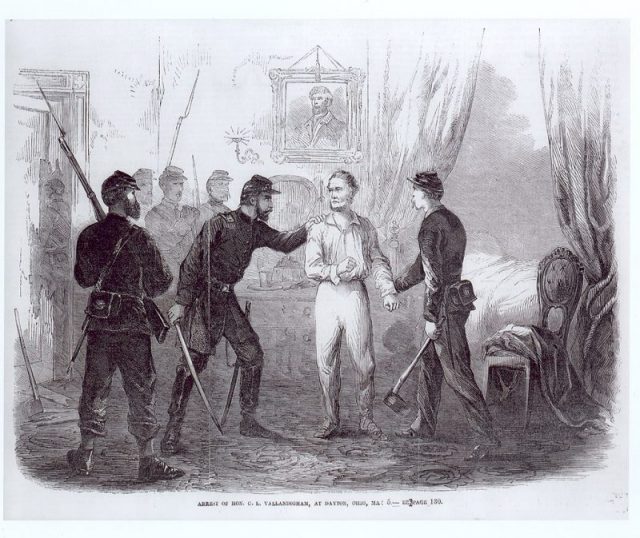
Everyone with any sense knows that whenever you pick up a gun, you check to see if its loaded. Vallandigham didn’t.
The gun he chose snagged on his clothing and went off as he was withdrawing it from his pocket – in the act of showing how the victim’s gun went off in his pocket.
Vallandigham shot himself in the gut and died the next day.
Viking Infection
TV shows and movies about warriors before the Modern Era tend to leave out a number of important factors. Among them: bad/missing teeth and bad eyesight (people in the Middle Ages likely had terrible eyesight from bad lighting and horrible diets, aside from normal problems stemming from genetics).

Despite the fact that we see Vikings and other warriors in the time before guns and modern medicine constantly polishing their weapons, odds are that their weapons weren’t swords – these were expensive and reserved for those of high status and/or those who could afford them.
But even if they were, swords get dirty easily, and in battle, they carry not only dirt, but blood, human waste, dirt, grass, etc.

If you didn’t die from a wound immediately, the chances were pretty high that you were going to get an infection if your wound wasn’t cleaned right away, or burnt closed, and even then the odds were pretty high that you were going to get and infection and maybe die.
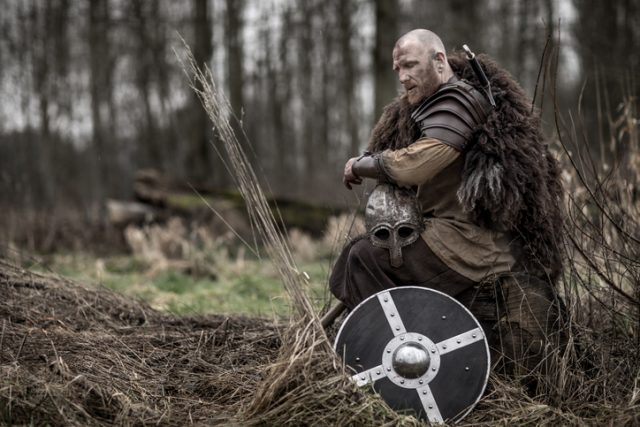
People also bit each other in hand to hand combat. Sometimes they would even “bite” each other in death. Take for instance the case of Earl Sigurd “The Mighty,” the first Viking Earl of the Orkney Islands north of Scotland. Earl Sigurd had a feud going with a local Scot, Mael Brigte.
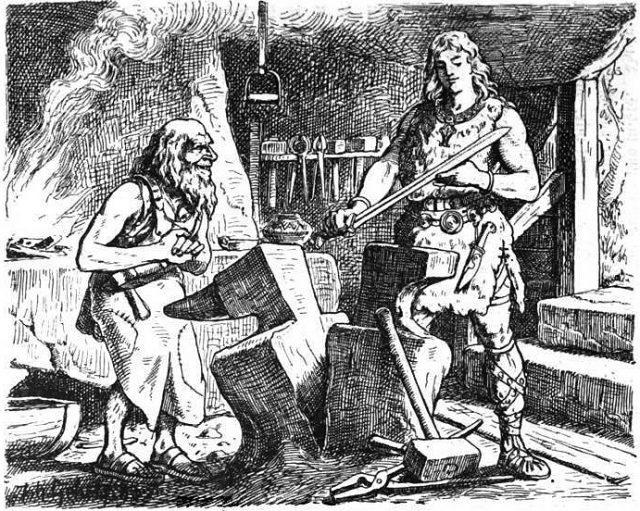
The two men eventually agreed that they should meet in combat – each man would bring 40 warriors on horseback and they would fight it out. Vikings being Vikings, Sigurd put two men on each of his 40 horses, and before the Scots realized they were outnumbered, the Norsemen were upon them.

Well, we know who won, don’t we? Sigurd decided to celebrate his victory by cutting the head off of Mael Brigte and fastening it to his saddle. Bouncing around as he rode, the Scotsman’s head lurched into the air, and came down hard on Sigurd’s leg, the skull’s teeth driving through the flesh on Sigurd’s thigh. A few days later, Earl Sigurd was dead from the infection streaming through his system.
The Flying (or Plummeting) Frenchman
Today you can go on YouTube and see all kinds of videos of BASE jumpers, the men who wear aerobatic wing-suits and jump off mountains, bridges, cliffs all over the world. They literally fly/glide like a bird…or perhaps “flying squirrel” is a better description.

In the early 1900’s, Frenchman Franz Reichelt decided that people could fly – or at least glide. Or maybe just “drop slowly.”
Either way, Reichelt developed a series of outfits which closely resembled the BASE jumping suits of today – the only problem? They were both exceedingly heavy and not constructed well.
They were made mostly of wool, and had no real structure other than the fact that the were cut like wings.

Reichelt went through an alarmingly large number of dummies in his quest for a workable suit. All of them plunged to the ground in crashes that would have killed a real person.
Not to be dissuaded, in 1911, Franz jumped 26ft off of a local building and broke his leg. While it healed, he made yet another suit. This time, it would work, so he decided to jump off – the EIFFEL TOWER.
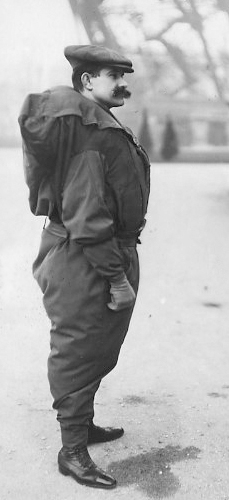
Parisian authorities were not keen on the publicity that would come from a suicide, but they agreed and issued a permit when Reichelt told them it would be a dummy, not him, that would jump off the highest part of the tower.
That wasn’t his plan, however. Reichelt climbed to the top with his dummy, put it down, changed into his wing-suit, said a little prayer, and over he went.
Franz Reichelt plunged to his death on February 4, 1912 with a crowd watching his colossal failure.
Cry ‘Havoc!’, and Let Slip the Cats of War!
Okay, most know that is not how the phrase goes, but in 525 BC, King Cambyses of Persia, son of Cyrus the Great, brought his army into Egypt to conquer the ancient kingdom that had defied his father.
The wily Persian had a clever Greek general in his army who gave the king some inside information…
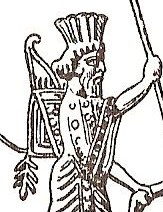
When the Persian army marched to Egypt, they brought something with them – hundreds of cats. And what’s more, thousands of paintings of cats on their shields.
The hundreds upon hundreds of Egyptian archers never fired an arrow, and before they knew it, the Persians (and their cats) were among them.

Egypt soon became part of the Persian Empire. Bastet, one of the Egyptian goddesses, was a human with a cat’s head – Cambyses’ General exploited the fact that cats were holy animals to the ancient Egyptians on the battlefield that day.
Thank You, Monsieur!
The Marquis de Lafayette was the French military hero of the American Revolution, but he played a significant role in the French Revolution as well.
Towards the end of his eventful life, he returned to America for a tour of the country whose independence he had helped secure.

In 1824-25, he traveled around the country, meeting with old friends and dignitaries all over the new nation.
Everywhere he went, he was showered with gifts, some of them valuable, some nice, some neither.
On his trip to Louisiana, that territory sold by French Emperor Napoleon to the United States, the Marquis was given a pet – a young alligator. Before he returned to France, Lafayette stopped in the nation’s’ capital to visit the new President, John Quincy Adams, son of his revolutionary comrade, John Adams. As a gift, Lafayette re-gifted his Louisiana alligator.

The sixth President of the United States loved exotic plants, and exotic, rare items — and he loved his alligator. For a time, the creature lived in one of the bathtubs in the White House. Adams would purposely direct guests there as a lark. The hissing alligator (which reportedly was quite friendly, as alligators go) gave many a White House guest a good scare.
The Highland Games, pre-PETA
Today, many localities in Scotland and where there are significant populations of people who claim Scots’ ancestry hold “Highland Games.”
Among the more familiar contests are the “caber toss” (tossing a large heavy pole a great distance), hammer throw, stone throw and others.

One of the more traditional events is no longer practiced, however.
Between the early 1700s and the early 1800s, some Highland Games in Scotland included…well, I am not sure if it had an official name, but…let’s call it “Pulling the legs off a dead cow so we can win a sheep.”
Read another story from us: Incredible Historical Coincidences – Too Strange to be True?
Yes, whoever could pull the legs off fastest won a sheep – a valuable prize in a poor country (at the time) that needed wool.
